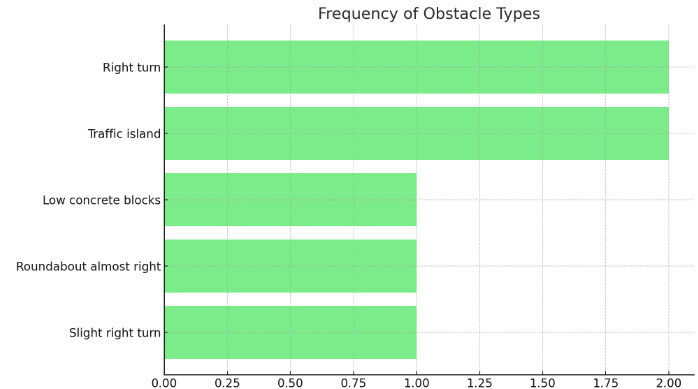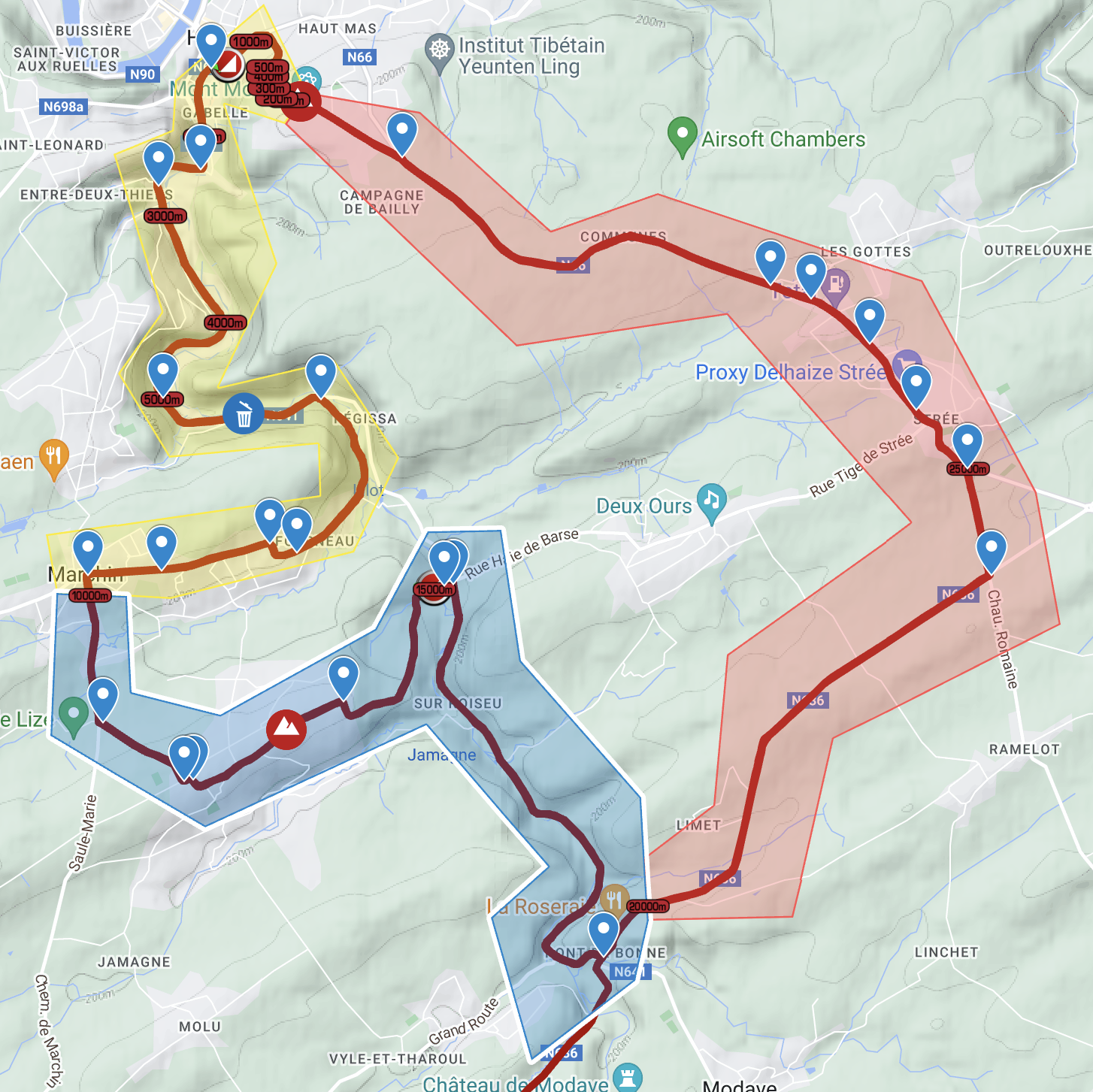Race Information
One-Day-Classic
Date: April 17, 2024
World-Tour and WWT
Organiser: ASO
Start: Charleroi
Finish: Huy – Mur de Huy
About Safe Cycling Report
Introduction
This report provides a comprehensive analysis of the safety aspects of a prominent cycling race. It aims to dissect the intricacies involved in planning and executing a race that is not only competitive but also ensures the well-being of all riders.
OBJECTIVE
The primary objective is to identify potential risks, and propose actionable solutions to mitigate these dangers. By enhancing safety protocols, we aim to safeguard the health of riders, support staff, and spectators, thereby elevating the overall race experience.
ANALYSIS
Our analysis hinges on evaluating various components such as course layout, weather conditions, obstacle management, and safety plans. We assess past incidents, feedback from participants, and best practices in sports event management to form a holistic view of the race’s safety landscape.
DATA
Data collection encompasses race archives, weather reports, incident logs, and participant surveys. This rich dataset forms the foundation of our safety audit, enabling us to pinpoint vulnerabilities and recommend targeted interventions for future editions of the race.
Methodology
THE RIDERS
Engaging in discussions with riders and teams to gather their insights. Our surveys have compiled initial data directly from these key stakeholders, ensuring their experiences and concerns are incorporated into our planning.
CRASH DATABASE
Utilizing a detailed database to analyze past crashes, identifying common locations and causes. This enables us to pinpoint high-risk areas and devise strategies to mitigate potential accidents.
ORGANISERS
Conducting weekly meetings with race organizers to receive their feedback and incorporate their knowledge into our safety measures. This continuous dialogue helps to align our safety strategies with the specific needs of each event.
SAFE CYCLING
Applying our vast experience gained from over 1000 days of racing to enhance road safety. Our expertise in cycling safety is instrumental in developing effective prevention and response strategies.
OTHERS
Gathering inputs from various stakeholders within the sport, including official bodies, local authorities, and the cycling community at large. This holistic approach ensures a comprehensive understanding of all
possible safety concerns and solutions.
Evaluation
SAFETY EVALUATION
This document provides an in-depth analysis of the course, identifying obstacles and potential risks.
SAFE CYCLING MAP
A comprehensive map detailing the placement of safety equipment, warning systems, and other preventive measures to ensure the well-being of participants and spectators.”
POST-RACE EVALUATION
Focuses on reviewing the events that occurred during the race, identifying both successes and areas for improvement. This includes assessing the effectiveness of the safety measures implemented, gathering feedback from
participants, teams, and officials on the course layout and safety protocols, analyzing incident reports to enhance future race safety, and recommending adjustments based on observed outcomes.










